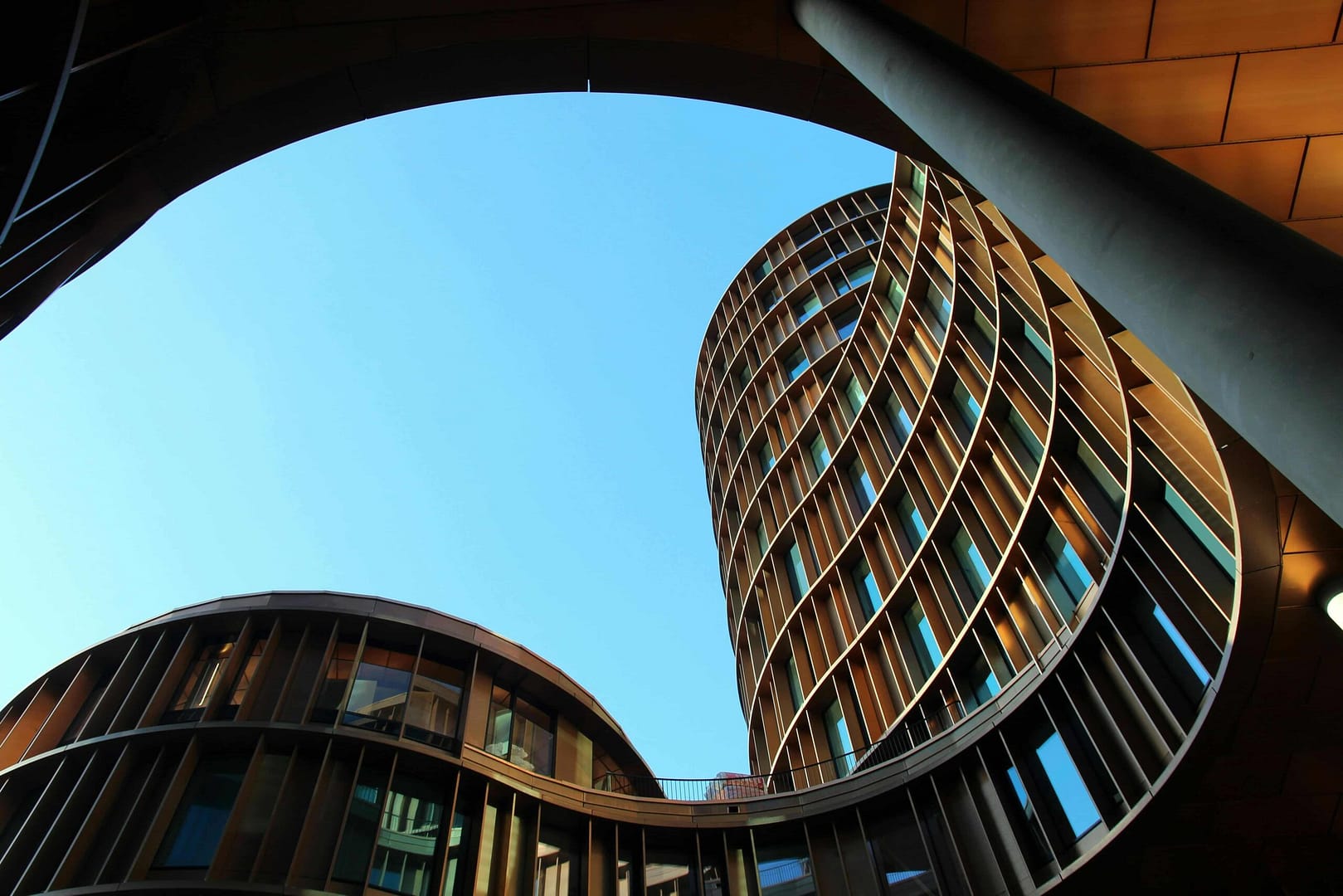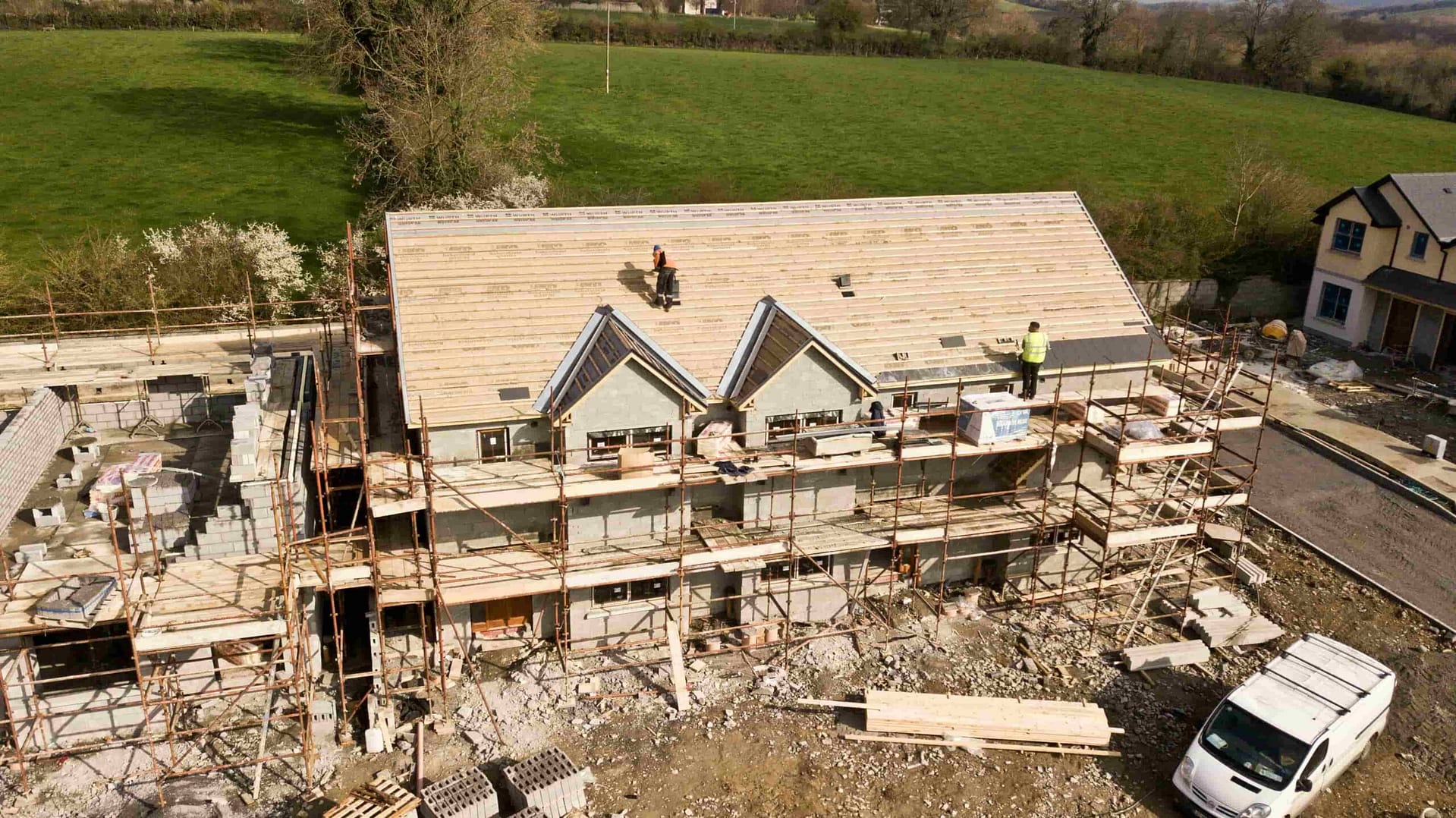Architecture, the art and science of designing buildings and other physical structures, reflects culture, history, and the environment. It encapsulates the essence of civilizations, telling stories of human ambition, religious devotion, social hierarchies, and technological advancements. The built environment, from modest dwellings to splendid monuments, offers a tangible connection to the past, showcasing the evolution of human societies and their interactions with the world around them.
The world is adorned with many architectural styles, each narrating a unique tale about the people and societies that created them. These styles are not merely aesthetic choices but are deeply embedded in the cultural, historical, and environmental contexts from which they emerged. From the ancient pyramids of Egypt, which stand as monumental testaments to the ingenuity and spiritual beliefs of early civilizations, to the sleek, modern skyscrapers of New York that symbolize technological prowess and economic power, architecture is a testament to human creativity and resilience.
The journey through architectural history takes us across continents and millennia, each stop offering a glimpse into the lives and minds of different cultures. Ancient Egyptian architecture, with its colossal stone structures and intricate carvings, reflects a society deeply rooted in religious rituals and an afterlife belief system. The pyramids’ and temples’ precision and grandeur illustrate the Egyptians’ advanced understanding of mathematics and engineering and their desire to commemorate and worship their rulers.
This blog will take you on a journey through some of the most diverse architectural styles around the globe, highlighting their distinctive features and the cultural contexts that shaped them. Whether it’s the awe-inspiring pyramids of ancient Egypt, the intricate geometric designs of Islamic architecture, the harmonious proportions of Renaissance buildings, or the sustainable innovations of contemporary architecture, each style offers a unique window into the human experience and our evolving relationship with the world we inhabit.
Ancient Egyptian Architecture

Characteristics and Influence
Ancient Egyptian architecture flourished from around 3100 BCE to the Roman conquest in 30 BCE and is renowned for its monumental structures and intricate detailing. The most iconic examples are the pyramids of Giza, constructed as tombs for pharaohs. These massive structures, built with limestone and granite, exemplify precision engineering and astronomical alignment.
The use of massive stone blocks, hierarchical proportions, and symbolic motifs such as the ankh and scarab beetle characterizes this style. Temples like Karnak and Luxor showcase grand columns adorned with hieroglyphics and intricate carvings that narrate the stories of gods and pharaohs.
Cultural Context
The architecture of ancient Egypt reflects the civilization’s religious beliefs and social hierarchy. The pyramids and temples were not just burial sites or places of worship but also a means to ensure the pharaohs’ journey to the afterlife. The orientation and design of these structures were deeply connected to Egyptian cosmology and mythology.
Gothic Architecture

Characteristics and Influence
Emerging in the 12th century in France and lasting into the 16th century, Gothic architecture is synonymous with cathedrals and churches that reach towards the heavens. Key features include pointed arches, ribbed vaults, flying buttresses, and large stained glass windows. These elements allowed for taller and more light-filled structures and gave a sense of ethereal beauty and spiritual upliftment.
Notre-Dame de Paris and the Cologne Cathedral are quintessential examples of Gothic architecture. The intricate stone carvings, gargoyles, and expansive windows filled with colorful stained glass depict biblical stories and saints, creating an immersive religious experience.
Cultural Context
Gothic architecture was primarily driven by the Christian church’s desire to inspire awe and devotion. The style’s emphasis on height and light symbolized divine presence and heavenly aspiration. The architectural advancements of this period were also a testament to the ingenuity of medieval masons and engineers.
Islamic Architecture

Characteristics and Influence
Islamic architecture, which dates from the 7th century to the present, is distinguished by its intricate geometric patterns, calligraphy, and use of domes and minarets. The Great Mosque of Córdoba, the Alhambra, and the Taj Mahal are exemplary structures that showcase the diversity within Islamic architectural traditions.
The horseshoe arch, arabesques, and muqarnas (stalactite-like decorations) are crucial elements. Gardens and courtyards are also significant, symbolizing paradise and offering serene spaces for reflection.
Cultural Context
Islamic architecture reflects the religion’s emphasis on aniconism, leading to the development of complex abstract decoration and intricate tilework. Light and water within architectural designs create a spiritual and contemplative atmosphere, embodying the principles of harmony and balance.
Renaissance Architecture

Characteristics and Influence
From the 14th to the 17th century, the Renaissance marked a revival of classical Greco-Roman architectural principles. This style is characterized by symmetry and proportion, using columns, domes, and arches.
Notable examples include St. Peter’s Basilica in Vatican City and the Florence Cathedral. The architecture of this period emphasized harmony and clarity, drawing inspiration from the humanist ideals of the time.
Cultural Context
Renaissance architecture was influenced by the rediscovery of ancient texts and the humanist emphasis on the potential of human achievement. Architects like Filippo Brunelleschi and Leon Battista Alberti innovated with new construction techniques and aesthetic principles, laying the groundwork for modern architectural thought.
Baroque Architecture

Characteristics and Influence
Baroque architecture, emerging in the late 16th century and lasting through the 18th century, is known for its exuberance, grandeur, and dramatic use of light and shadow. Ornate details, bold contrasts, and a sense of movement and fluidity define this style.
The Palace of Versailles in France and St. Peter’s Basilica’s interior in Vatican City are prime examples. Their use of curved forms, elaborate frescoes, and abundant materials creates a sense of awe and theatricality.
Cultural Context
Baroque architecture was closely tied to the Counter-Reformation, as the Catholic Church sought to convey religious fervor and glory through art and architecture. This style aimed to evoke emotional engagement and illustrate the church’s and state’s power and magnificence.
Modernist Architecture

Characteristics and Influence
Modernist architecture, developing in the early 20th century, is characterized by simplicity, functionality, and a rejection of ornamentation. This style emphasizes clean lines, open spaces, and new steel, glass, and concrete materials.
The Bauhaus School in Germany and architects like Le Corbusier and Ludwig Mies van der Rohe pioneered this movement. Iconic buildings include the Villa Savoye in France and the Seagram Building in New York.
Cultural Context
Modernist architecture emerged as a response to industrialization and society’s changing needs. It reflected a desire for efficiency and a break from historical styles, embracing technological advancements and a forward-looking vision.
Traditional Japanese Architecture

Characteristics and Influence
Traditional Japanese architecture is characterized by wooden structures, tatami mat flooring, sliding doors, and an intimate connection with nature. Its simplicity and minimalism create a serene and harmonious living environment.
Key examples include the Katsura Imperial Villa, Buddhist temples, and Shinto shrines. This architectural tradition uses natural materials, attention to craftsmanship, and integration with the surrounding landscape.
Cultural Context
Japanese architecture reflects the cultural values of harmony, simplicity, and respect for nature. The influence of Shinto and Buddhist principles is evident in the design and spatial organization, emphasizing tranquility and spiritual contemplation.
Postmodern Architecture

Characteristics and Influence
Postmodern architecture, which emerged in the mid-20th century, is known for its eclecticism, playful forms, and incorporation of historical references. It rejects modernism’s austerity and embraces color, decoration, and a mix of different styles and elements.
Buildings like the Piazza d’Italia in New Orleans and the Portland Building in Oregon showcase postmodern design’s whimsical and diverse nature. Irony, metaphor, and historical allusion are central to this style.
Cultural Context
Postmodern architecture arose to critique modernism’s perceived rigidity and lack of humanity. It reflects a broader cultural shift towards pluralism and a more inclusive view of history and aesthetics, celebrating diversity and complexity.
Sustainable Architecture

Characteristics and Influence
Sustainable architecture minimizes environmental impact through energy efficiency, uses renewable materials, and harmonious integration with the natural environment. This contemporary approach emphasizes green roofs, solar panels, and rainwater harvesting systems.
Examples include the California Academy of Sciences in San Francisco and the Bullitt Center in Seattle. These buildings exemplify innovative design solutions that prioritize environmental stewardship and sustainability.
Cultural Context
The rise of sustainable architecture is driven by growing awareness of climate change and the need for environmentally responsible building practices. It represents a shift towards long-term thinking and integrating ecological principles into architectural design.
Conclusion
The tapestry of global architecture is as diverse as the cultures and histories it represents. From the monumental pyramids of ancient Egypt, which stand as a testament to human ambition and spiritual devotion, to the soaring cathedrals of the Gothic era that aimed to inspire awe and religious reverence, architecture has always been a mirror of the societies that created it. Each architectural style embodies the technological innovations, aesthetic preferences, and socio-political contexts of its time, providing invaluable insights into our collective past.
Ancient Egyptian architecture, with its precise engineering and cosmological significance, demonstrates how early civilizations used architecture to express their religious beliefs and social structures. Gothic architecture, with its towering spires and stained glass windows, reflects a medieval society deeply intertwined with the Christian church, using architectural grandeur to evoke spiritual transcendence.
Islamic architecture, spanning continents and centuries, showcases the cultural unity and diversity within the Islamic world. Its intricate geometric patterns and calligraphic designs speak to a cultural emphasis on beauty, order, and the divine. At the same time, incorporating gardens and courtyards illustrates a connection to nature and paradise.
The Renaissance marked a rebirth of classical ideas, blending ancient Greco-Roman principles with contemporary innovations. This era’s architecture reflects a renewed interest in humanism, symmetry, and proportion, celebrating the potential of human creativity and intellect. With its dramatic flair and opulence, Baroque architecture emerged as a counter-response, emphasizing emotion, grandeur, and the power of the church and state.
The advent of modernism in the early 20th century revolutionized architecture by prioritizing function, simplicity, and new materials. This movement reflected the Industrial Age’s values and responded to society’s changing needs, breaking away from historical styles to create a forward-looking vision. Postmodern architecture, in turn, reacted against modernism’s austerity, embracing eclecticism, playfulness, and historical reference, mirroring a cultural shift towards pluralism and diversity.
Traditional Japanese architecture offers a distinct perspective, focusing on minimalism, natural materials, and a profound respect for nature. This style embodies the cultural values of harmony, simplicity, and spirituality, providing a serene and contemplative living environment.
Sustainable architecture represents the latest evolution in architectural thought, responding to contemporary concerns about climate change and environmental degradation. By integrating eco-friendly design principles and technologies, sustainable architecture minimizes environmental impact and promotes long-term ecological balance.
As we stand at the crossroads of history and innovation, the future of architecture will undoubtedly continue to evolve. The lessons learned from past architectural styles will guide us in creating buildings and spaces that are functional, aesthetically pleasing, sustainable, and responsive to the needs of future generations. The integration of advanced technologies, environmental considerations, and a renewed appreciation for cultural diversity will shape the architectural landscapes of tomorrow.
Architecture’s enduring legacy is its ability to adapt and innovate while preserving the essence of human creativity and cultural expression. By studying and appreciating the diverse architectural styles around the globe, we gain a deeper understanding of our shared human heritage and the myriad ways in which we have shaped, and been shaped by, the built environment.
In celebrating this diversity, we also find inspiration for future architectural endeavors. Whether through preserving historical monuments, adapting traditional techniques to modern contexts, or creating entirely new forms that address contemporary challenges, architecture remains a dynamic and essential element of human civilization. As we look forward, the principles of sustainability, inclusivity, and cultural sensitivity will guide us in building a world that honors its past while innovatively addressing the needs of its present and future inhabitants.
In essence, architecture is more than just the creation of buildings; it embodies our history, values, and aspirations. By continuing to explore and innovate within this field, we contribute to a legacy that transcends generations, fostering a built environment that reflects the richness and diversity of human experience.









